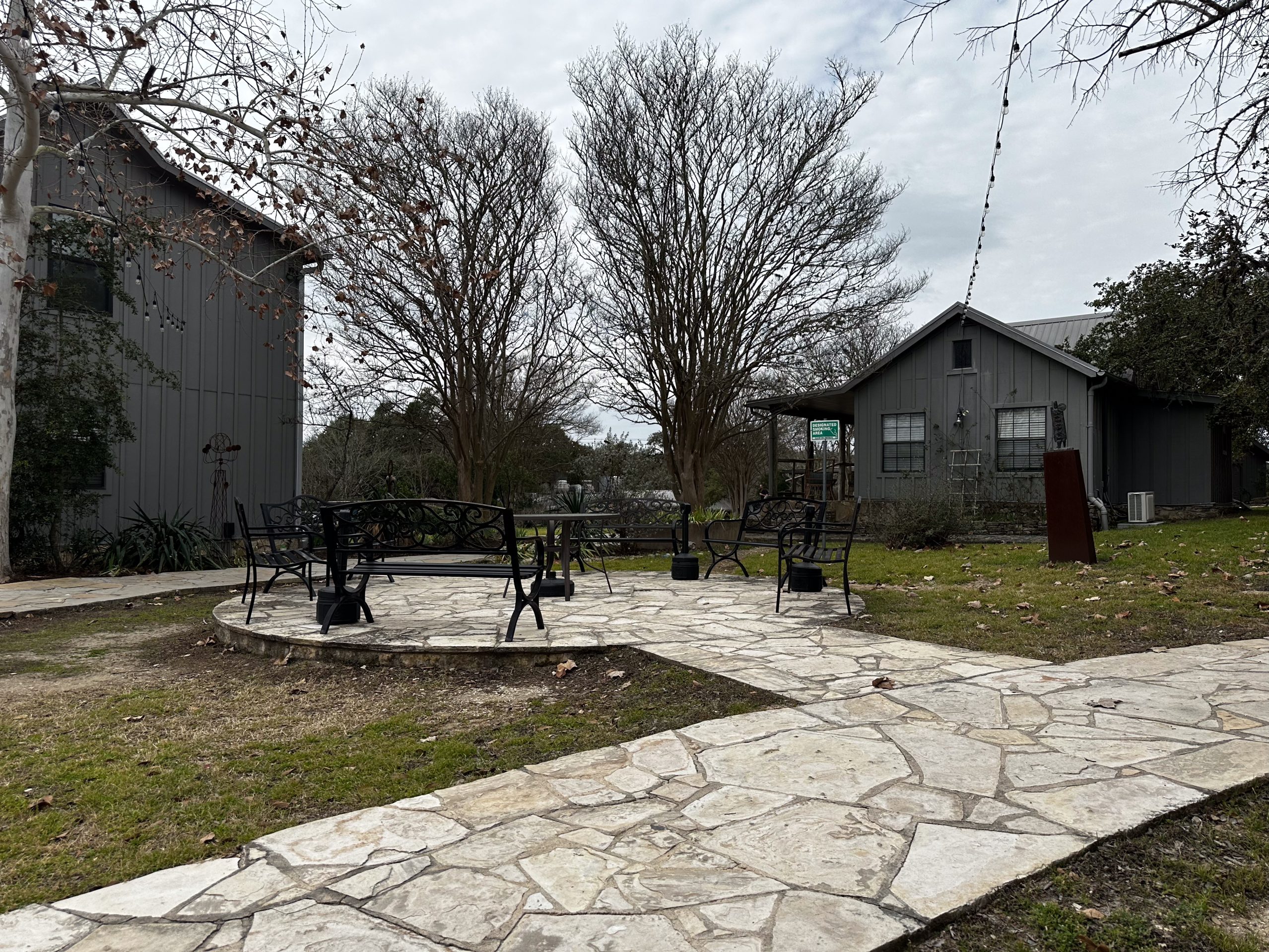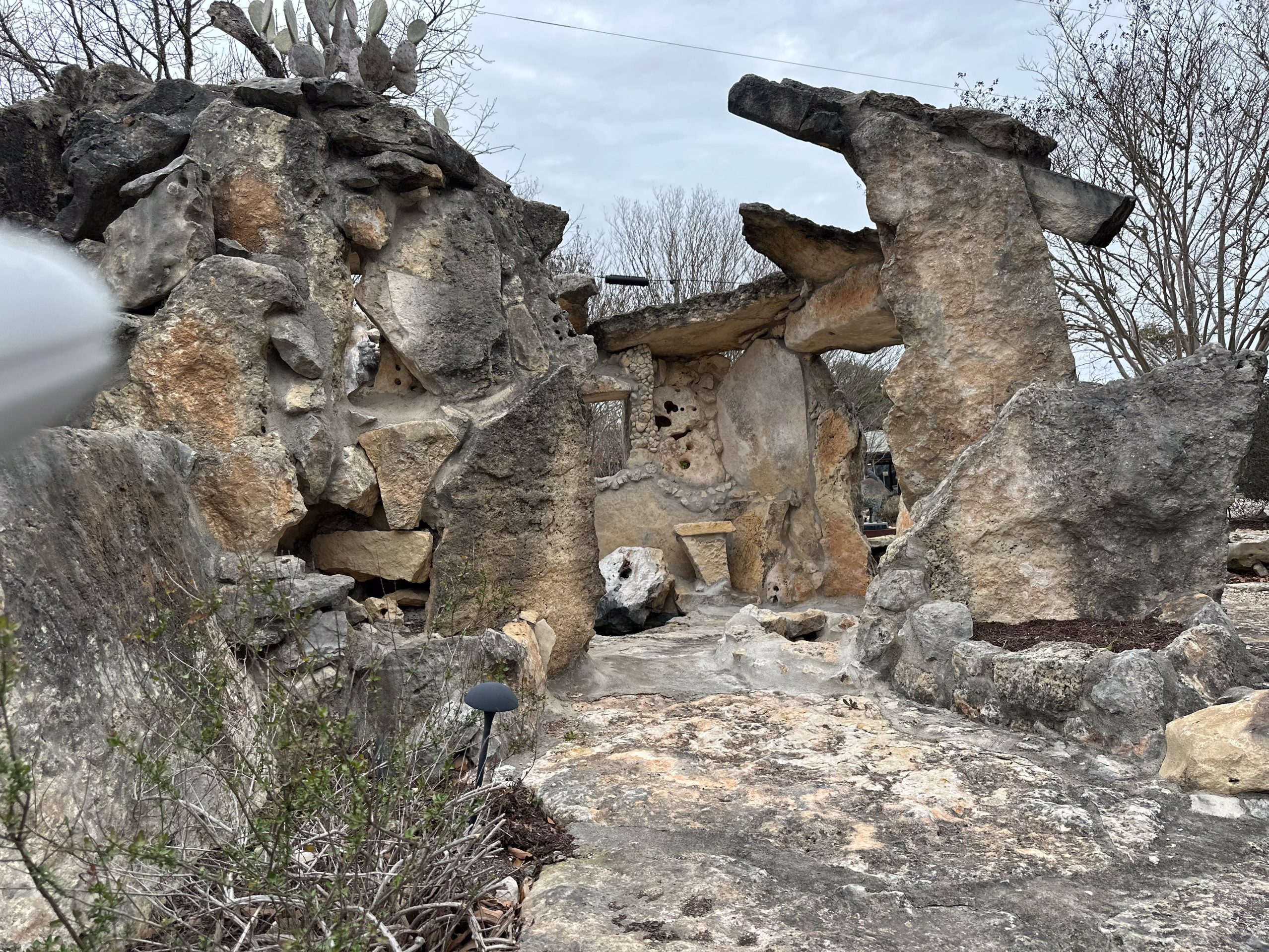Cariprazine (Vraylar): Uses, Dosing, Side Effects, Interactions, and Safety
GET HELP TODAY!
100% Confidentiality Guaranteed


What Is Cariprazine?
Cariprazine (brand Vraylar) is an atypical antipsychotic approved in adults as adjunctive therapy to antidepressants for major depressive disorder (MDD), for depressive episodes associated with bipolar I disorder (bipolar depression), for the acute treatment of manic or mixed episodes in bipolar I disorder, and for schizophrenia. In adolescents (13–17 years), it’s also approved for schizophrenia.
Not medical advice. Always follow your prescriber’s plan and the current Prescribing Information.










How Cariprazine Works
Cariprazine modulates dopamine and serotonin signaling (notably D2/D3 and 5-HT1A/5-HT2A receptors). Rather than “slamming the brakes,” it stabilizes activity—helping reduce hallucinations and disorganized thinking, and smoothing mood symptoms in bipolar illness or when augmenting antidepressants in MDD. The drug and its active metabolites have a very long half-life (~91 hours; metabolites ~1–3 weeks), so changes in dose roll in gradually.
If pain management is a concern, understand what is meloxicam and how it’s used.
FDA-Recognized Indications
Adjunctive treatment of MDD (adults) when an antidepressant alone isn’t enough.
Bipolar I disorder (adults):
Bipolar depression (depressive episodes), and
Acute manic or mixed episodes.
Schizophrenia (adults; adolescents 13–17 years).
Important limitation: Like other antipsychotics, cariprazine is not approved for dementia-related psychosis; the boxed warning notes increased mortality in elderly patients with dementia-related psychosis. (Some antipsychotics have separate approvals for Alzheimer’s agitation; cariprazine does not.)
Forms & Strengths
Oral capsules—common strengths include 1.5 mg, 3 mg, 4.5 mg, and 6 mg, enabling tidy, once-daily titration across indications.
Dosing & Titration (label-based)
Never change doses without your prescriber. Because of the long half-life, dose changes take time to reach full effect.
Adjunctive MDD (Adults)
Start: 1.5 mg once daily
After ≥14 days, may increase to 3 mg once daily if needed
Max: 3 mg/day (titrating faster than q14 days increased adverse events in trials)
Bipolar Depression (Adults)
Start: 1.5 mg once daily
After ≥14 days, may increase to 3 mg once daily if needed
Max: 3 mg/day
Bipolar I—Acute Manic or Mixed Episodes (Adults)
Day 1: 1.5 mg once daily → Day 2: 3 mg
Then adjust in 1.5–3 mg steps (as tolerated) across 3–6 mg/day
Usual range: 3–6 mg/day; little evidence that >6 mg/day adds benefit vs risk
Schizophrenia (Adults)
Day 1: 1.5 mg once daily → Day 2: 3 mg
Adjust by 1.5–3 mg increments to 1.5–6 mg/day (usual 3–6 mg/day)
Schizophrenia (Adolescents 13–17)
0.5–1 mg once daily initially, titrating to 2–4 mg/day as tolerated (follow PI for exact steps and timing).
Dose Adjustments: CYP & Organ Function
CYP3A4 inhibitors (strong/moderate)—reduce cariprazine dose; if the inhibitor is stopped, you may need to increaseback (under supervision). CYP3A4 inducers are not recommended with cariprazine.
Hepatic/Renal impairment—follow PI for maximum doses in moderate–severe impairment.
How to Take It
Once daily, with or without food, at the same time each day for consistency. If you miss a dose, follow your prescriber’s instructions—don’t double. The long half-life means the effect of any change is delayed.
More Time. More Joy. More You. Start Now.
WE ACCEPT MOST INSURANCES







Side Effects & Safety
Common
Akathisia/restlessness, insomnia, nausea, headache, dizziness, fatigue, and constipation. In MDD adjunct trials, akathisia 7–10%, insomnia 9–10%, nausea 6–7% at labeled doses vs lower with placebo+ADT.
Metabolic & Movement
Weight gain and metabolic changes (glucose/lipids) are possible; clinicians usually monitor weight and labs. EPS(including akathisia, parkinsonism) can occur, especially with faster titration.
Boxed Warnings (Black Box)
Increased mortality in elderly with dementia-related psychosis (not approved for dementia-related psychosis).
Suicidal thoughts/behaviors with antidepressants in younger patients—relevant when using cariprazine for adjunctive MDD. Close monitoring during dose changes is essential.
Serious Risks (seek urgent care)
Neuroleptic Malignant Syndrome, tardive dyskinesia, orthostatic hypotension/falls, leukopenia/neutropenia, seizures, and angle-closure glaucoma—review the full PI and call your prescriber if red-flag symptoms appear.
Discover More Antipsychotics and Mood Stabilizers Medications
Everything You Need to Know...
Interactions
CYP3A4-mediated interactions dominate:
Inhibitors (e.g., ketoconazole, clarithromycin) ↑ levels—dose reduction required.
Inducers (e.g., carbamazepine, rifampin) ↓ levels—co-use not recommended.
Alcohol / cannabis can increase sedation/dizziness and impair judgment—clinicians usually recommend avoiding or minimizing.
Pharmacokinetics Snapshot
Half-life: about 91 hours (active metabolite ~86 hours), which supports once-daily dosing and slow transitions when changing doses.
Tmax: roughly 4 hours post-dose.
Metabolism: primarily CYP3A4 (and to lesser extent CYP2D6).
Special Populations
Pregnancy/Lactation: weigh risks/benefits; consider the long half-life and potential neonatal adaptation risks with late-pregnancy antipsychotic exposure—discuss an individualized plan.
Elderly with dementia-related psychosis: higher mortality risk; cariprazine is not approved for that condition.
Freedom Starts Here. Take Back Your Life Today.
Same-Day Admissions in Austin Available.
Cost & Access
Brand Vraylar often requires prior authorization. Manufacturer programs, copay cards, and payer bulletins outline coverage quirks (e.g., capsule count limits by strength). Work with prescribers and payers to optimize cost.
Practical Tips Patients Ask About
When will I notice a change? Some people feel calmer or more even-keeled in days, but several weeks may be needed for full benefit—especially in MDD adjunct or bipolar depression—because of the long half-life.
What if I feel restless? Report akathisia early; clinicians can adjust dose/timing or add targeted therapy.
Can I stop suddenly? Don’t—talk with your prescriber. Even though the half-life is long, abrupt changes can destabilize mood or psychosis.
How Nova Recovery Center Can Help
Medication like cariprazine is one piece of recovery. At Nova Recovery Center (Austin, TX) we deliver a full continuum of care that integrates psychiatric coordination with addiction treatment:
Medical Detox for co-occurring substance use
Residential Treatment (90-day model) with evidence-based therapies and relapse-prevention
Intensive Outpatient Program (IOP) for step-down structure with real-world flexibility
Sober Living Homes focused on accountability and peer support
Aftercare & Alumni services to maintain momentum
Family Support to help loved ones heal with you
Call (512) 605-2955 for confidential insurance verification and program availability.
Other Outpatient Drug and Alcohol Rehab Locations
Frequently Asked Questions About Cariprazine
What is cariprazine used for?
Adjunct to antidepressants in MDD (adults), bipolar I (depressive, manic, or mixed episodes), and schizophrenia(adults; ages 13–17 for schizophrenia).
How long does cariprazine take to work?
You may notice some change within days, but full effect often takes several weeks due to its long half-life.
What is the usual dose for bipolar depression?
1.5 mg once daily; may increase to 3 mg/day after ≥14 days if needed.
What is the starting dose for adjunctive MDD?
1.5 mg once daily, with the option to increase to 3 mg/day after ≥14 days if needed.
What is the dose for mania/mixed episodes?
Start 1.5 mg → 3 mg on Day 2; titrate 3–6 mg/day.
Is cariprazine approved for dementia-related psychosis or Alzheimer’s agitation?
No. It carries a boxed warning about increased mortality in elderly patients with dementia-related psychosis and is not approved for that indication.
What are common side effects?
Akathisia, insomnia, nausea, constipation, dizziness, fatigue; metabolic changes are monitored.
Does cariprazine cause weight gain?
It can; clinicians monitor weight, lipids, and glucose during treatment.
Which medicines interact with cariprazine?
CYP3A4 inhibitors (e.g., ketoconazole, clarithromycin) may require dose reduction; CYP3A4 inducers (e.g., carbamazepine, rifampin) are not recommended.
What is cariprazine’s half-life?
About 91 hours (active metabolite ~86 hours).

